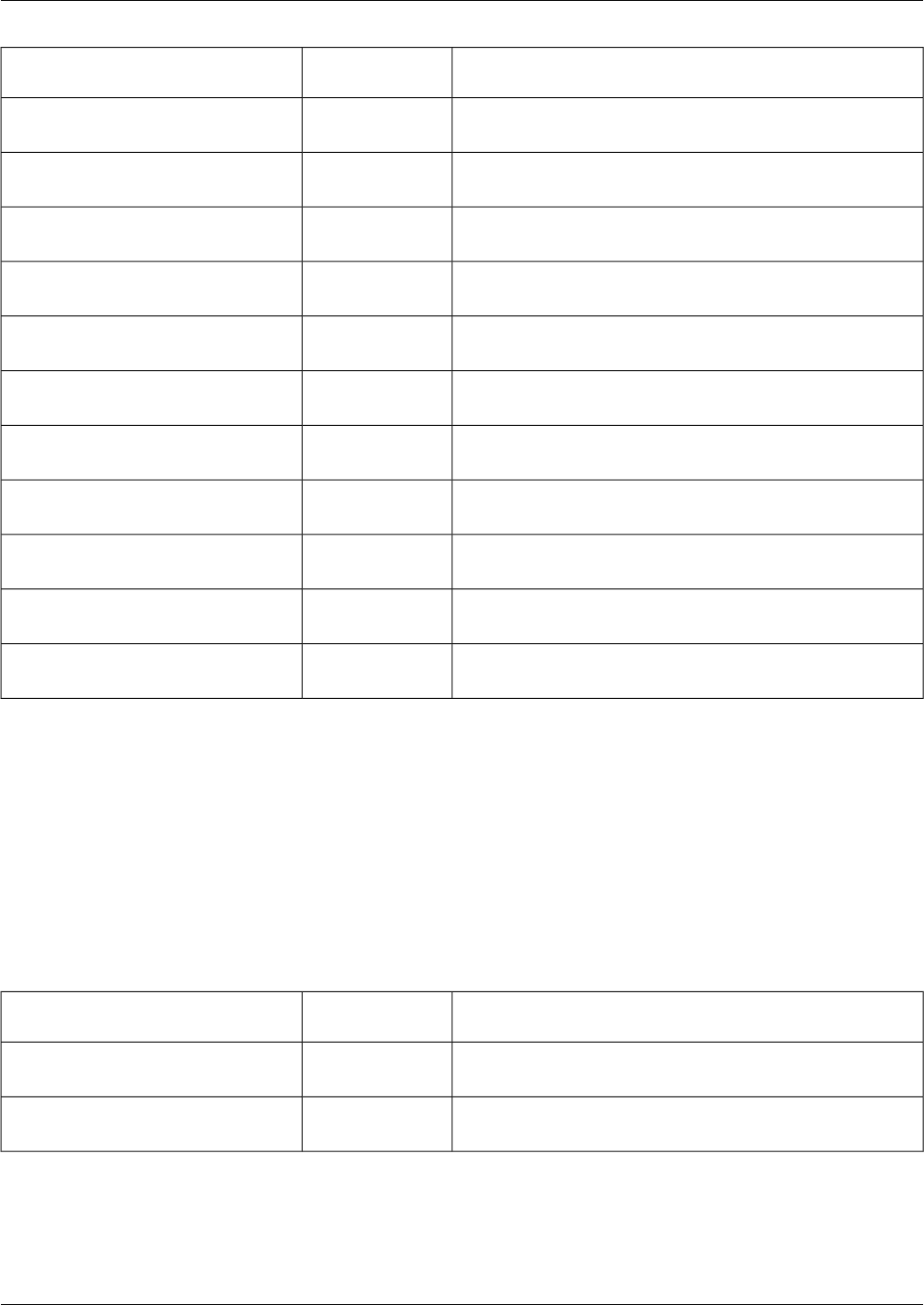User Guide
Table Of Contents
- Cover Page
- Table of Contents
- List of Figures
- Figure 1 : Central Controller
- Figure 2 : Peripheral and Peripheral Gateway
- Figure 3 : Administrative Workstation
- Figure 4 : WebView Server
- Figure 5 : Diagram of System Components
- Figure 6 : ICM Data Environment
- Figure 7 : Real-Time Data Moves to AW Local Database
- Figure 8 : Icons for Graphs and Tables
- Figure 9 : Deployment with Enterprise Routing
- Figure 10 : Sample Script for Enterprise Routing
- Figure 11 : Script Example for Agent Level Routing
- Figure 12 : Sample Script for Hybrid Routing
- Figure 13 : Agent State and Task State Relationship
- Figure 14 : Sample Routing Script for Information Gathering and Queuing
- Figure 15 : Call Type Data for Calls that Abandon after Call Type is Changed
- Figure 16 : Call Type Data for Calls that Abandon before Call Type is Changed
- Figure 17 : MultiChannel Options
- Figure 18 : Agent State Hierarchy
- Figure 19 : Call Abandoned While On Hold Scenario
- Preface
- Chapter 1: System Architecture and Reporting
- Chapter 2: Understanding Reporting
- Chapter 3: Understanding Routing and Queuing
- Chapter 4: Planning for Reporting
- Planning for Reporting at Unified ICM Setup
- Planning for Your Deployment
- Planning for Configuration and Scripting
- Planning for Agent Reporting
- Planning for Call Types
- Planning for Custom Reporting
- Planning for the HDS
- Planning for Enterprise Routing and Enterprise Reporting
- Planning for Service and Enterprise Service Reporting
- Planning for Service Level
- Planning for Short Calls
- Planning for Skill Groups and Enterprise Skill Groups
- Planning for Transfer and Conference Reporting
- Planning for Translation Routing
- Planning for Unexpected Scripting Conditions
- Planning for VRU Application Reporting
- Chapter 5: Reporting on Agents
- What Agent Data do you Want to See?
- Reporting on Agent Activity in Skill Groups
- Reporting on Agent States
- Reporting on Average Speed of Answer for Agents and Skill Groups
- Reporting on Agent Logout Reason Codes
- Reporting on Agent Not Ready Reason Codes
- Reporting on Agent Task Handling
- Reporting on Agent Performance for Outbound Option Dialing Campaign Calls
- Reporting on Agent Redirection on No Answer
- Reporting on Agent Call Transfers and Conferences
- Reporting on Agent Teams
- Chapter 6: Reporting on Customer Experience
- Chapter 7: Reporting on Operations
- Chapter 8: Reporting in a MultiChannel Environment
- Chapter 9: Sample Call Scenario
- Chapter 10: Reporting Implications of Data Loss and Component Failover
- Chapter 11: Troubleshooting Report Data
- Appendix A: List of All Unified ICM Report Templates
- Appendix B: Reporting Entities and Databases
- Appendix C: Configuration and Scripting for Reporting
- Configuration for Agent Reporting
- Configuring Call Types
- Configuration and Scripting for Conferences and Transfers
- Configuring Services and Enterprise Services
- Configuring and Scripting for Service Level Threshold and Type
- Configuring Short Calls
- Configuring Skill Groups and Enterprise Skill Groups
- Configuration and Scripting for the VRU
- Configuring Translation Routes
- Index

DescriptionHistorical or
Real-Time
Template Name
Bar graph of time (in seconds) for delays in queue, longest
call in queue, and ASA over last 5 minutes.
Rroutes01: Route Queue Delay Status
Real Time
Bar graph showing the number of calls in progress versus
the number of calls in queue.
Rroutes02: Route Status Real Time
Table of calls offered, handled, abandoned, and the effect of
abandoned calls on service levels.
Rroutes03: Effect of Abandoned Tasks
on Route Service Levels Real Time
Table of call counts and service levels (since end of last
5-minute and half-hour intervals, and since midnight).
Rroutes04: Route Tasks Trend Analysis
Real Time
Pie chart of the distribution (percentage) of calls offered to
routes (since end of the last half-hour interval).
Rroutes05: Route Tasks Offered Over
Half Hour
Bar graph of service levels since the end of the last 5-minute
and half-hour intervals, and since midnight.
Rroutes06: Route Service Levels Real
Time
Table that shows call counts, queue status, and service levels
in real-time and for the last 5 minutes.
Rroutes07: Route Tasks, Averages and
Service Levels Real Time
Table showing all fields available from the Route_Real_Time
table.
Rroutes08: Route Real Time All Fields
Table of call count daily totals, queue delay time daily totals,
and service level daily averages.
Hroutes11: Tasks Analysis of Routes
Daily
Table of call count and queue delay time half-hour totals,
and service level half-hour totals.
Hroutes12: Tasks Analysis of Routes
Half Hour
Table showing all fields available from the Route_Half_Hour
table.
Hroutes13: Route Historical All Fields
Routing Client Templates
A routing client is an entity that sends routing requests to the Unified ICM system. Routing
clients typically correspond to a subsystem within the interexchange carrier (IXC) or to a
peripheral (ACD or PBX) that is performing Post-Routing.
Use the routing client reports to report on statistics for the different routing clients defined in
your ICM system, such as the maximum delay of route responses to the routing client for a
specified interval.
DescriptionHistorical or
Real-Time
Template Name
Table report that shows routing client requests/responses for
the current five-minute interval.
Hrtecli11: Routing Client Performance
Routing Client Historical All Fields ReportHrtecli12: Routing Client Historical All
Fields
Reporting Guide for Cisco Unified ICM Enterprise & Hosted Release 7.2(1)
174
List of All Unified ICM Report Templates
Routing Client Templates










